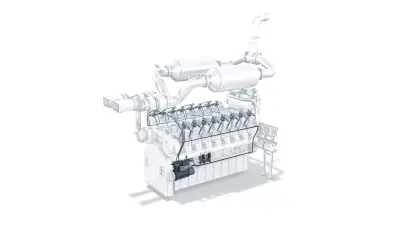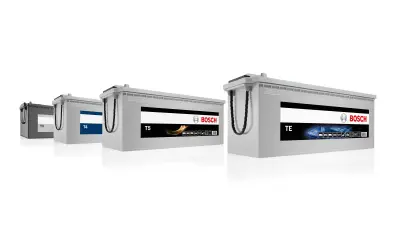Thermal management Engine-cooling and climatic-comfort components
Profound knowledge of thermal systems in vehicles and decades of experience in development and production make Bosch a reliable partner for anything related to thermal management.
A vehicle’s thermal management system makes sure that the components are operated at their optimum temperature range whilst ensuring comfortable temperatures for the occupants inside the cabin. Engine component temperatures, depending on the operating point, can lower both fuel consumption and emissions – and increase the range of electric vehicles.
Bosch engine cooling fans, coolant pumps and solenoid valves work reliably and prevent the engine overheating and possible damage to its components.
The international sales and logistics network ensures quick availability of Bosch spare parts.







